Anyone who has listened to any of Ed’s podcasts over the last two years knows how much value he thinks there is to be gained from leveraging both the cloud and the edge for data processing in IoT systems and applications.
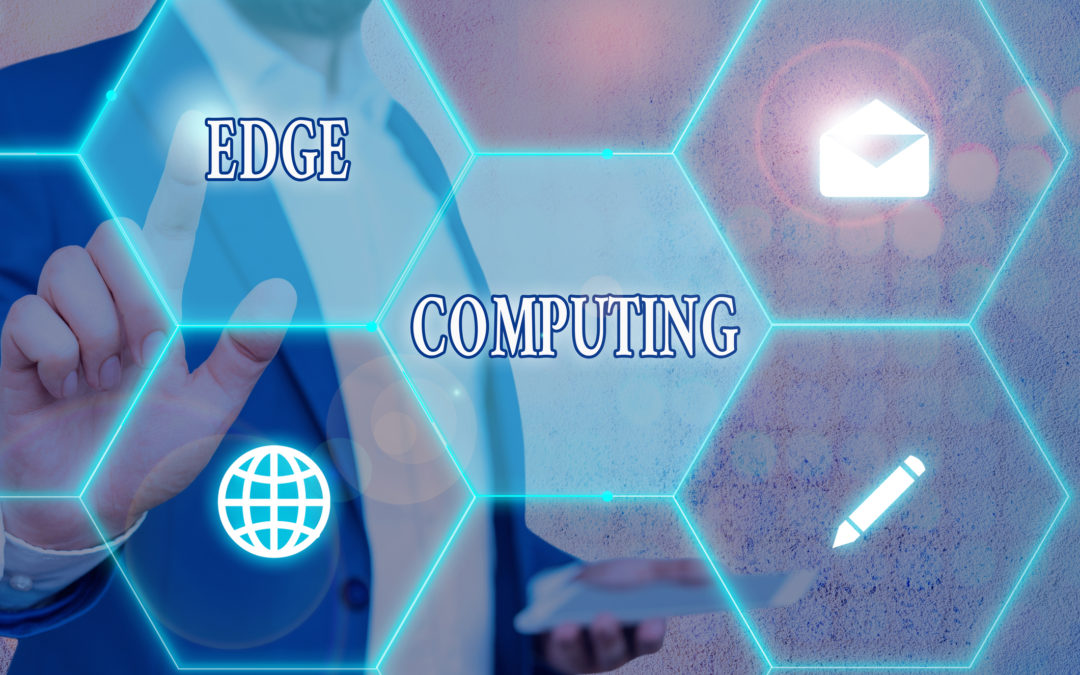

Anyone who has listened to any of Ed’s podcasts over the last two years knows how much value he thinks there is to be gained from leveraging both the cloud and the edge for data processing in IoT systems and applications.

In our work on IoT and embedded systems, we often find ourselves adding in some sort of mobile experience—whether it be through a mobile application for the end user or leveraging a mobile device as the gateway for the system.
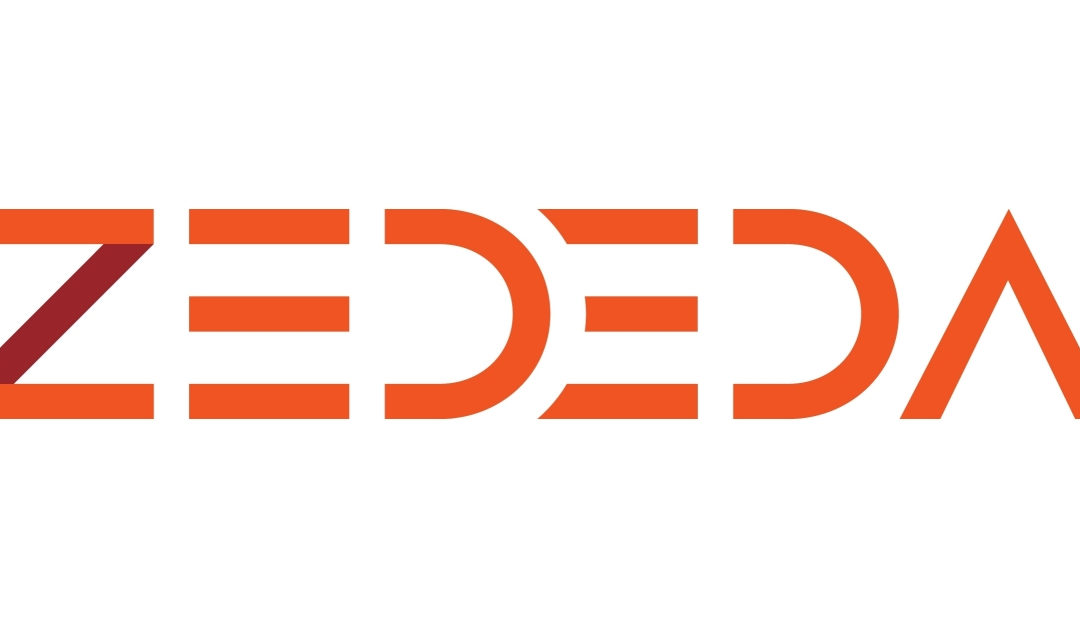
We have often written and spoken about the benefits of edge computing in IoT systems and applications. As more companies begin to leverage the edge for IoT data collection and analysis, many have questions around the best tools, technologies, and platforms for implementation.
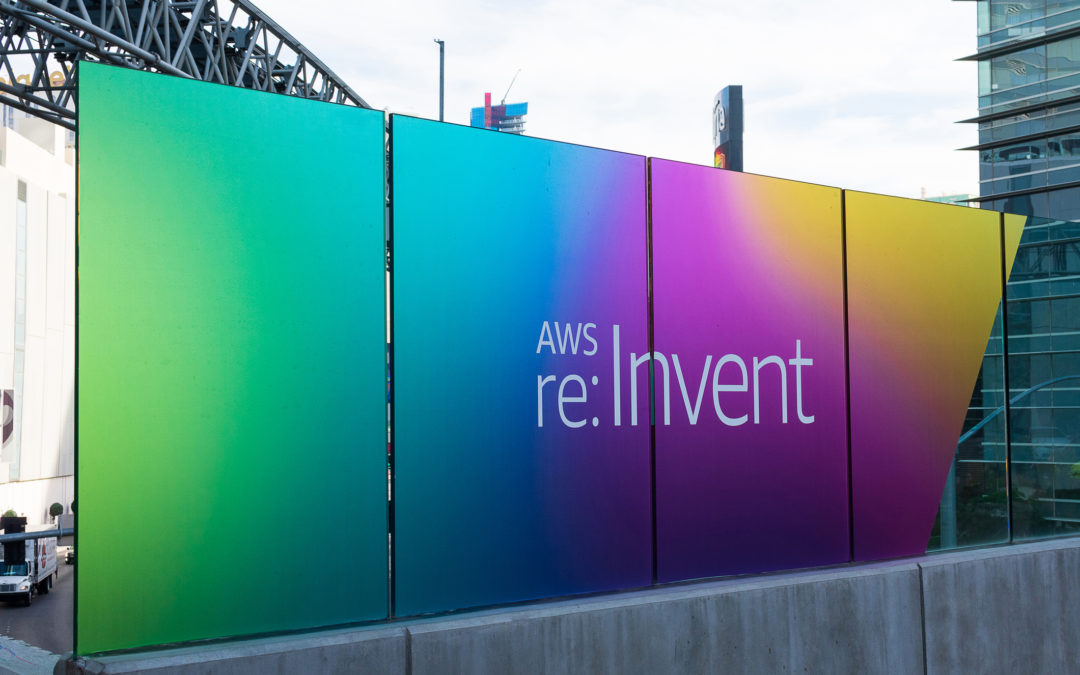
AWS re:Invent 2020 took on a new format this year as a three-week virtual event as the pandemic continues to limit in-person conferences.
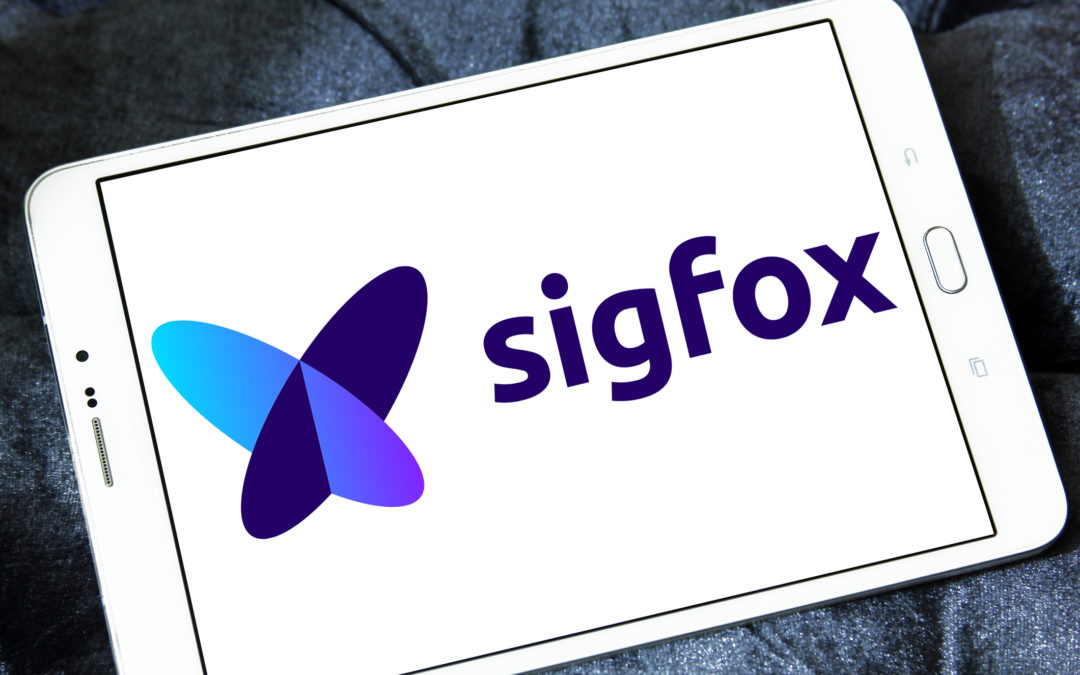
In recent news, Sigfox and Google Cloud announced a partnership to enable Sigfox to scale its cloud infrastructure and broaden its offerings of IoT services.

The restaurant industry was one of the hardest hit by the pandemic. One in four jobs lost during the pandemic were in the restaurant industry—the highest number among all sectors in the economy. The good news is restaurants are adapting, changing the way they operate their businesses and how they serve customers.
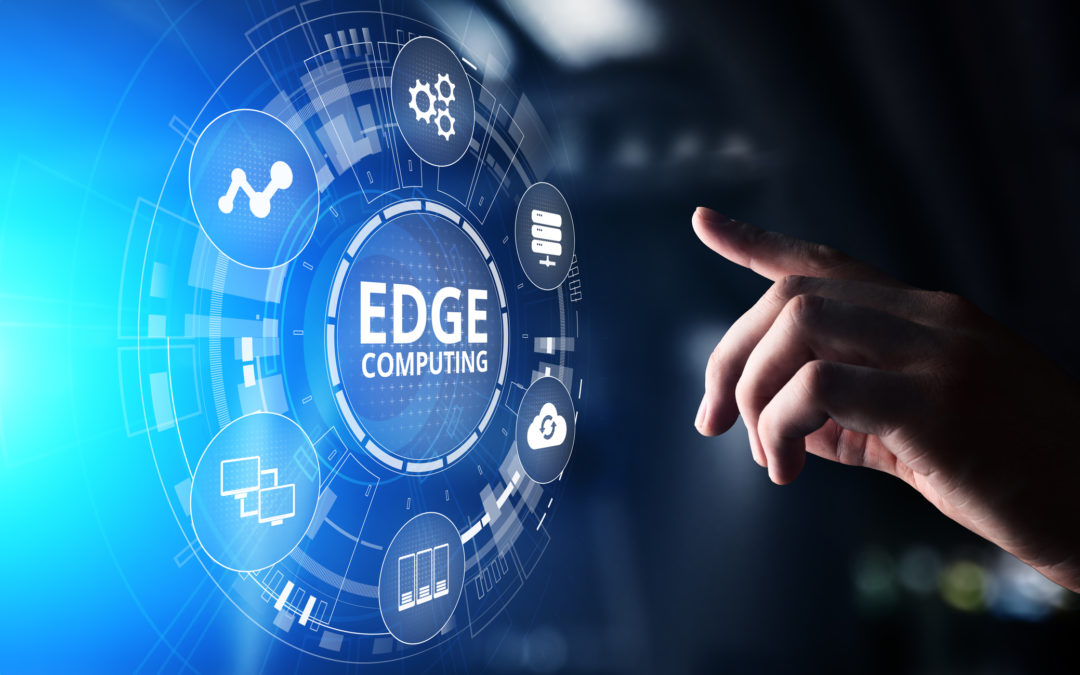
We have written about the importance of the edge for quite some time now, so we are very familiar with how important edge computing is for many IoT systems and applications.
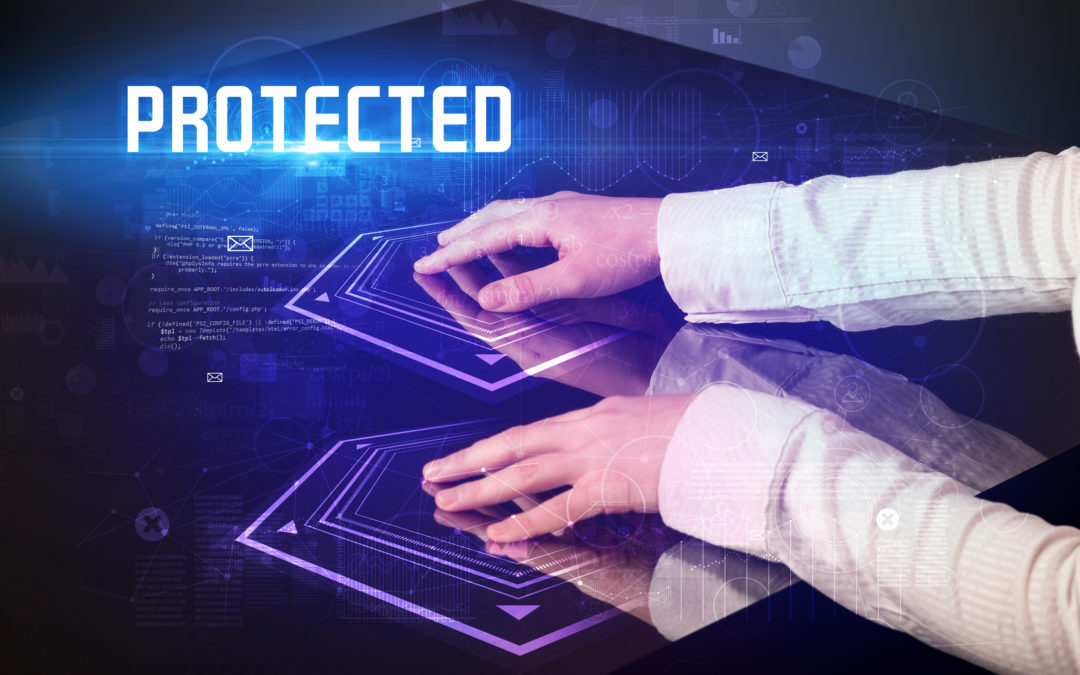
While we may not want to read about new potential threats and vulnerabilities associated with IoT devices, we can’t ignore the fact that more are discovered on a regular basis.

Low-power and long battery life are common constraints we run up against when designing IoT systems and applications for our clients.

As we all learned in 4th grade, more than 70 percent of our planet is covered in water, and we need water to survive. But our oceans are suffering from a number of problems.

In its 2020 IoT Spotlight Report, Vodafone Business discovered some positive statistics when it comes to how IoT is impacting businesses—and how vital IoT is to the future of most organizations.
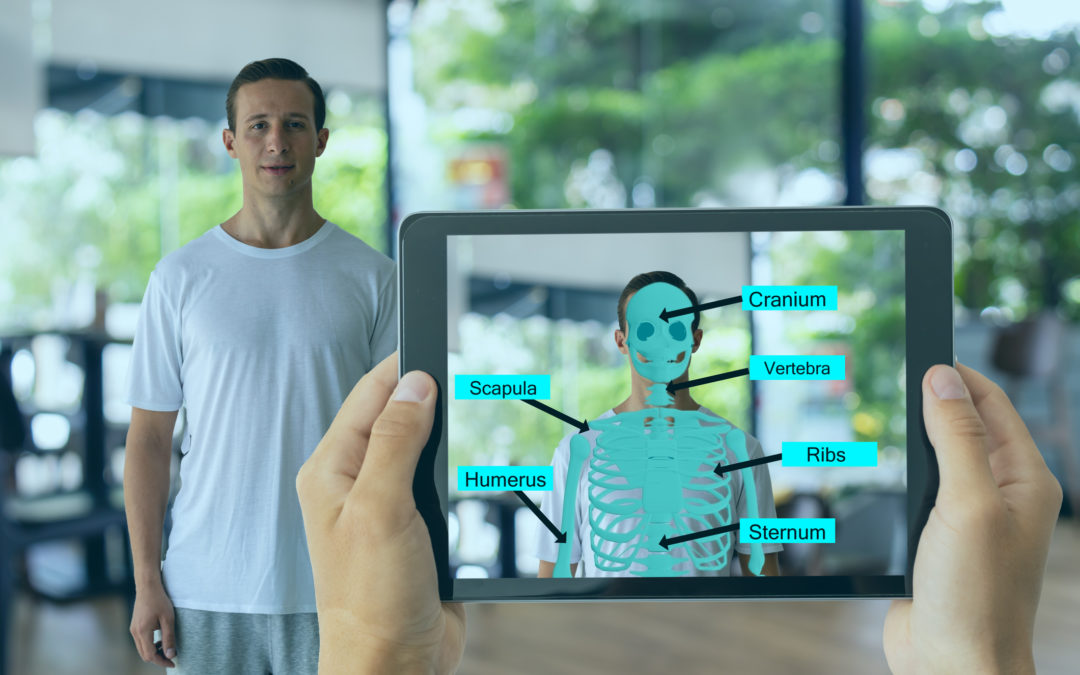
As businesses continue to adapt to the new business model forced upon them by COVID-19, many are looking to technology to increase their chances of survival. One way companies are reducing costs is through the use of digital twins.